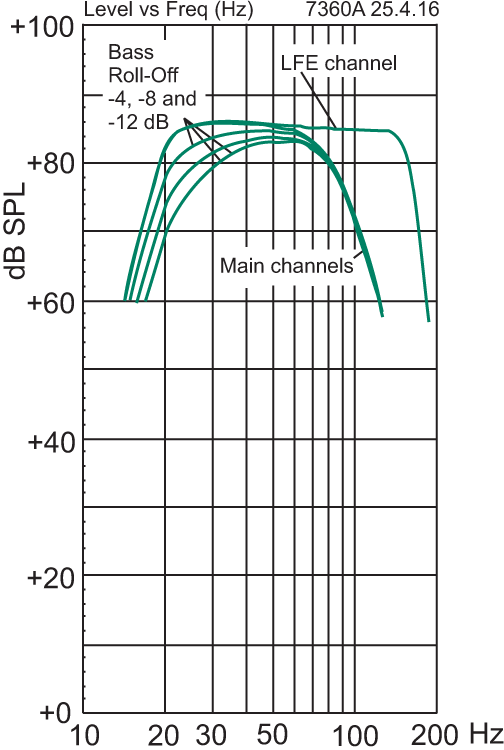Not really. Here's why waiting is worth it. '1615 – Gabrieli in Venice' in cathedrals are some of my, if not most, favorite recordings.
The Genelec 5.1 does not fit in my space. My micro AudioEngine HD3 speakers work so well because they are such a great fit for my space, not because they are great audio technology.
The space for 7.1 is too demanding. I have doubts about Sennheiser Ambeo, too.
https://professional.dolby.com/siteassets/cinema-products---documents/dolby-atmos-specifications.pdf
According to Sennheiser, the effect is best if the
- walls and ceiling are no more than five meters (about 16 feet) from the soundbar;
- otherwise, the reflected sound might be noticeably delayed.
Sennheiser recommends installing the speaker
- in the center of a wall
- at least 39 inches (1 meter) from
- the side walls or
- ceiling.
- You have to give this thing room to work, so if you can't do that,
- this probably isn't the soundbar for you.
All listener speakers should be at the same height,
- typically 3.9 feet (1.2 meters),
- which is ear level for the average seated listener (as defined in ITU-R BS. 1116-1).
- If possible, the height of the rear speakers should be the same as the height of the front speakers.
HDMI 2.1 is the latest version. It allows streaming of advanced surround sound formats like
Dolby Atmos and DTS:X and supports 8K video.
For speakers:
- Minimum Layout Length: 3.5 meters (= distance from Center baffle to your back-surround line)\
- Minimum Layout Width: 3.0 meters (= distance between you side-surround speakers). \
- Minimum LayoutHeight: 2.4 meters (= distance measured from the floor at mix position to the acoustic center of your overhead speakers)May 18, 2021
While
two Dolby
Atmos-enabled
speakers, modules,
or overhead
speakers will deliver a compelling experience, we recommend using
four if possible. This will deliver more precisely located and realistic overhead sounds. ... Dolby
Atmos speaker layouts parallel the 5.1 and 7.1 setups for surround sound. A 5.1.
DTS is encoded at a higher bit-rate and therefore is considered by some experts to be
better quality. Others argue that
Dolby Digital's technology is more advanced and produces
better sound quality at a lower bit-rate.4 days ago
With
Dolby Digital, when an illusion of someone behind the audience needs to be created, the sound is simply thrown to the intended speaker. This is because
Dolby Digital is a speaker-based system.
Dolby Atmos, on the other hand, does not push the sound to a certain speaker. Instead, it pushes the sound to a 3D space.


